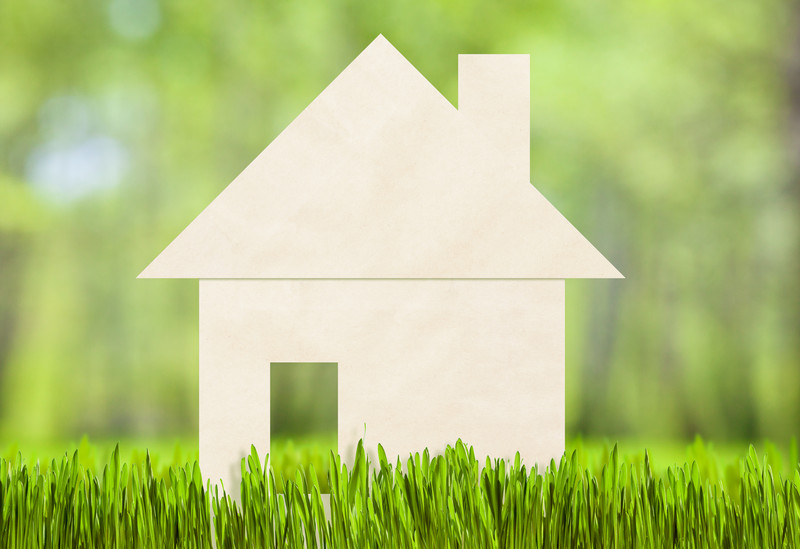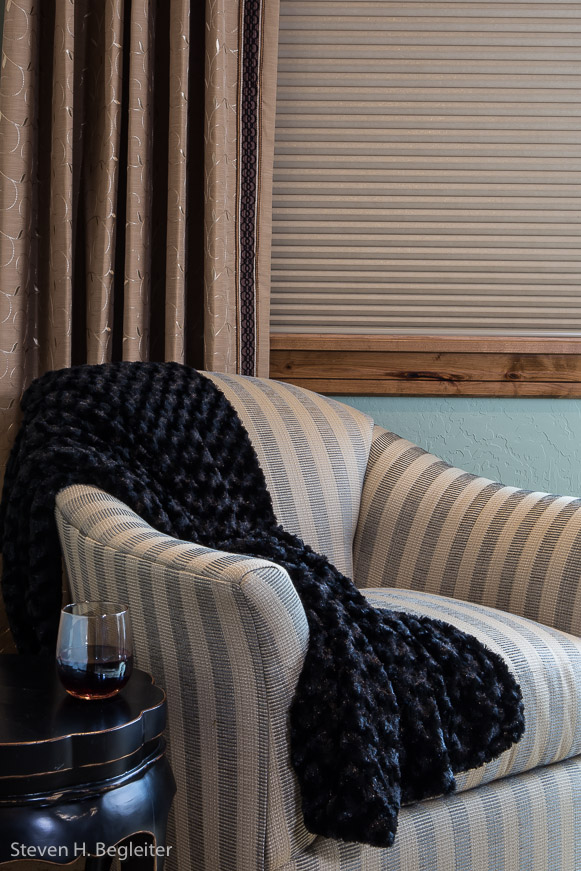I discuss the impact of the built environment on human health and wellness a lot, and I do so because where we use our bodies is just as important as what we put into our bodies. The construction industry is seeking to meet new demands to improve, or at least not diminish, human health and wellness. Focusing on building materials and finishes is a great place to start.
An emerging concern is whether or not a material contains toxicants. Toxicants are chemicals synthesized or concentrated by manufacturing that are harmful to our health. They may negatively impact the functioning of respiratory, neurological, endocrine, and other bodily systems. And even though we’ve come a long way in reporting data that relates to recycled and regionally sourced content, we still know very little about a materials ‘ingredients’ and how they will affect an occupant’s health. We now know, after decades of delay between science and practice, that lead and asbestos are not to be used at all costs. We are, however, still in the incubation phase of regulating toxicants. And beyond that, it’s rare that a product even declares what it is actually comprised of. The newest version of LEED rewards projects that source at least 20 materials where the manufacturers have fully disclosed the ingredients it contains. This is proven through third-party entities and published on the Health Product Declaration online database. It is my hope that just like the FDA requires compositional data from food manufacturers, we will have the same access to a product’s ingredients in the building industry. And just like those that choose to eat artificial, bad-for-you ingredients, there will be consumers / builders who will still opt to go the unhealthy route, which is unfortunate.
As a LEED AP, it was drilled into me years ago to be aware of VOCs (Volatile Organic Compounds) in products such as paint, the presence of formaldehyde in particleboard, and the toxicity of flame retardants on furniture and stain guard on carpets. However, we’re learning more and more every time I turn around about the real threat of a lot of common building products and finishes to human health and wellbeing. A recent study showed that minimizing VOCs in an office environment significantly improved cognition. This isn’t just great for the inhabitants, but for business’ bottom lines, as well. Healthcare environments have eliminated formaldehyde, which in turn has led to a reduction in asthma symptoms by over half. These types of measures have been shown to be more cost effective than clinical treatments of related illnesses.
What can you do? If you’re embarking on a new project or remodel, early planning is key. Hiring a qualified design or building professional who knows how to navigate through the threat of ‘green washing’ is a good route to go. If you go it alone, research, research, research. There is information available that is trustworthy. Here are a couple of third party organizations that certify, report, or catalog healthy materials: Cradle to Cradle, Pharos, and GreenWizard. In my own practice, there are times when it’s unavoidable to source some less-healthy products because of durability, code, availability, cost, but when I have the opportunity to substitute a ‘good’ finish with a ‘bad’ finish, I feel it’s my obligation to my clients, family, and friends to do so.
It’s important to know that there are options. Many manufacturers are preparing themselves for the inevitable trend of consumers requiring more information on products’ impacts on their health and wellbeing, and are taking strides in providing more data for us to make informed decisions.



